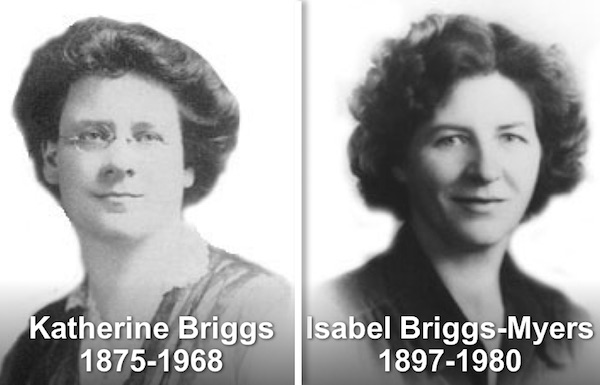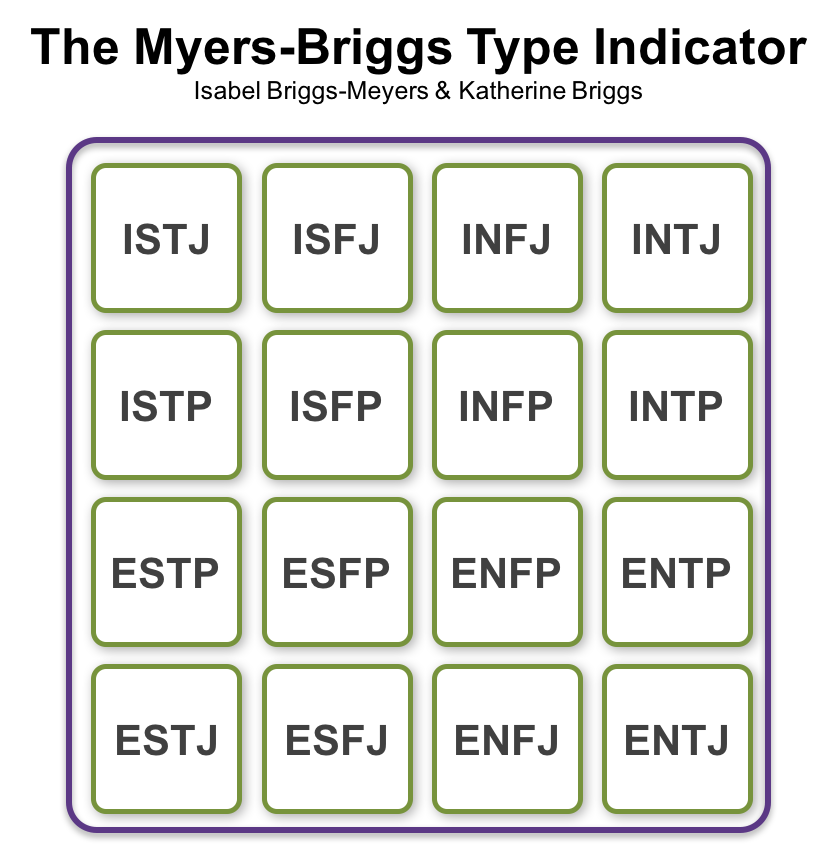Psychologists and, before them, philosophers have spent centuries trying to divide us into types. Whilst their attempts have had somewhat less of the hocus-pocus and downright prejudice to them than the racial typographies of some early ethnographers, many systems have advanced little beyond Hippocrates’ theory of four temperaments based on the bodily humours.
Rigour in Personality Testing
It wasn’t until the twentieth century that scientists had the statistical tools to analyse and understand personality with any rigour. Even so, the strongest, most widely used personality classification system – the so-called ‘Big Five’ Personality Factors – is still a matter of much research and debate as we reach approach the third decade of the twenty first century.
So perhaps the biggest change that the twentieth century wrought was not in reliability, but in accessibility and application. Personality assessment tools became widely popular and, through the second half of that century, widely used in workplaces to support selection, group development, team-building, personal development, marital counselling, and a range of other uses. Not all of the uses have been endorsed by the developers of these tools. And not all tools are widely supported by the more rigorously trained academic community of psychology.
The Myers-Briggs Type Indicator
And so we come to Katherine Briggs and her daughter, Isabel Briggs-Myers. Their tool, the Myers-Briggs Type Indicator, is very widely used. Every day, trainers and development professionals introduce it to new cohorts of staff and managers. These employees often take full self-evaluation questionnaire and are then told what this means about them and their colleagues.
The moments of insight are a joy to watch. The MBTI certainly seems to capture something of our personality, and explain something of our behaviours. But does it? This remarkably resilient and successful tool started through nothing less than a mother’s desire to understand her daughter’s choice of husband. What mother can’t empathise with that?

Katherine Cook Briggs
Katherine Cook was born in Michigan, in 1875 and was home schooled. Her father was an academic. She went to college to study agriculture and stayed on as a teacher and academic. She married prominent physicist and administrator, Lyman Briggs.
As her daughter grew up, Briggs became interested in children’s educational and social development. This led her to create a vocation test for children, which she thought could guide a child’s future well-being. This thinking focused on four personality types: meditative, spontaneous, executive, and sociable. These are still present among the wider set of 16 MBTI types.
Her quest was to find one unifying theory, and she considered ideas from many philosophers, scientists, and psychologists. Her own big breakthrough was when she discovered the work of Carl Jung. He advocated for four principal psychological functions by which we experience the world: sensation, intuition, feeling, and thinking. This, along with our orientations to extroversion or introversion, give us the Jungian Personality Types, which Briggs and her daughter developed into their own type indicator model.
Isabel Briggs-Myers
Isabel Briggs was born in 1897, and was home schooled by her mother. Following her mother’s discovery of Jung’s work, Briggs-Myers (now married) became interested in the work too, focusing on how character and personality influence the type of work we might thrive in. Together, they developed their framework and the questionnaire that goes with it. They began a long program of observation and discussion, refining their interpretation of Jung’s work.
During World War II, Briggs Myers wanted to help reduce conflict among people, but more pragmatically also to understand why some people hated their jobs in the military and others thrived.
It wasn’t until 1945 that they did some solid empirical research. With the help of Lyman Briggs, they ran their first MBTI assessment on around 5,500 George Washington Medical School students. Briggs Myers studied the results for years, searching for patterns among dropouts and successful students.
The Outcome of the Work
Briggs was the primary driving force and inspiration behind the creation of the MBTI from Jung’s original work. Briggs-Myers created the physical test itself, and did the work on validation and interpretation.
The result was one of the best-known and widely used personality tools, the Myers-Briggs Type Indicator. Wikipedia reports that an estimated 50 million people have taken the MBTI. Whilst it is not widely endorsed by the academic community, and is based on largely desk-research and theorisation, rather than empirical trials, the MBTI remans popular. This is doubtless due to the ease of superficial understanding.
The Myers-Briggs Type Indicator – MBTI
The MBTI classifies personality types along four pairs of categories. Briggs-Myers and Briggs claimed that we all fit into one of the 16 possible combinations of personality type, and that we have a dominant preference in each pair.

The Type Indicator is a test to assess which personality type offers the ‘best fit’ with the assertion that knowing your personality type that will help you succeed in life. The three original pairs of preferences from Jung’s typology (Extraversion and Introversion, Sensing and Intuition, Thinking and Feeling) are supplemented by a fourth pair (Judging and Perceiving), added by Briggs-Myers.
This is a phenomenally rich model and there are many excellent resources online. So here, we’ll only attempt a very superficial outline of the types.
Extraversion (E) or Introversion (I)
This axis refers to where where we get our energy from, and where we direct our attention. This can be on people and things in the outer world; extraversion. Or it can be on ourselves and our inner world; introversion.
Sensing (S) or Intuition (N)
This axis refers to how we like to deal with information. People with a Sensing preference tend to focus on the basic information, whilst the Intuiting type prefers to interpret the information, and add meaning.
Thinking (T) or Feeling (F)
This axis refers to how we like to make decisions. Thinkers like to make objective decisions, using logic and rationality. The feeling style is more subjective, considering special circumstances, and how people feel.
Judging (J) or Perceiving (P)
This axis refers to how we like to dealt with experiences and circumstances. The judging style prefers to make a choice, and stick with it. The Perceiver likes to stay open to new information and options, and respond flexibly.
Assessment of the MBTI
The MBTI correlates poorly with more robustly researched psychological traits or types models, like the Big Five Personality factors. So why do so many people readily endorse their MBTI type? The answer, I think, lies in a combination of two factors.
Firstly, while not a strong correlation with rigorous typographies, it is derived from extensive observation and the factors that make up the MBTI undeniably exist – regardless of whether they are truly the ‘right’ fundamental elements of personality.
And secondly, we have our old friend, the Forer Effect. This is the tendency of people to rate sets of statements as highly accurate for them personally even though the statements are highly general and could apply to many people. If this sounds worrying, it is. The Forer Effect (sometimes known as the Barnum Effect (after showman and huckster PT Barnum) is also the basis of much mentalism and fraudulent cold reading.
The MBTI definitely has value as a personal and executive development tool. But if the trainers and specialists who deploy it do not make its limitations clear, they are doing your organisation a disservice.
